On a clear day, if you stand on one side of the Solent and peer across at the other, with a bit of guidance you will soon see it once it leaves its pad and starts to build pace: this small object in the distance, moving fast among the far more sluggardly yachts, liners and tankers around it, kicking up spray as it accelerates towards its maximum speed.
Around eight minutes after you first make it out, it will be upon you, making a distinct buzz that, once heard, you will never mistake for anything else, as it skims across shingle (in Southsea) or sand (in Ryde), flying on a bed of air so delicately that it could run over an egg without breaking it.
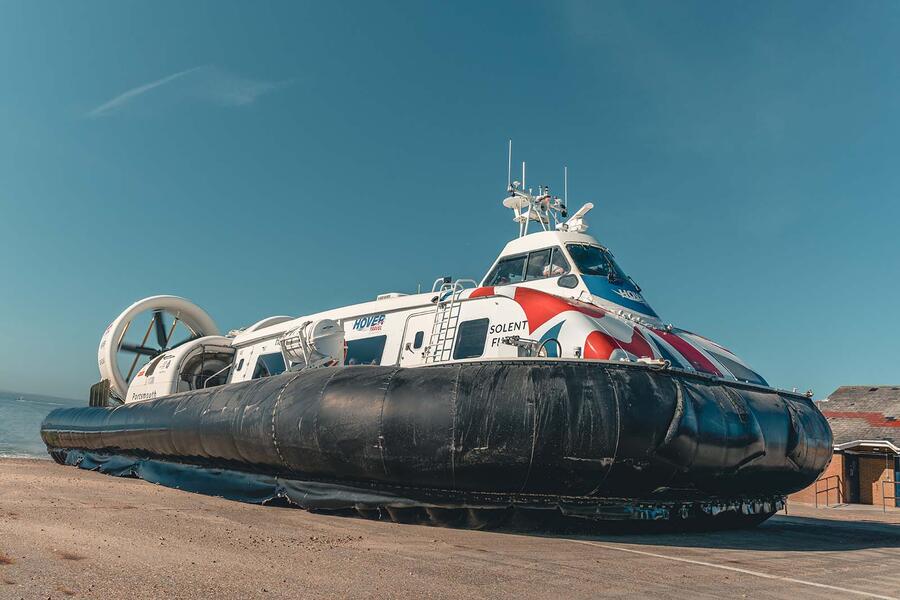
As this incongruous yet familiar craft settles on its concrete pad and, skirt deflating, rests gently onto its hull, a timer measuring the five-mile journey from one side of the Solent to the other will tick over at just 10 minutes.
The Griffon Hoverwork 12000TD – commonly known as the Isle of Wight hovercraft – is the fastest way to cross the Solent, the strait that separates the British mainland from the Isle of Wight. It’s a route that two current craft, identical 12000TDs called Solent Flyer and Island Flyer, have plied since they entered service in 2016, having been built by Griffon not too far away on the south coast and operated by its sister company, Hovertravel.
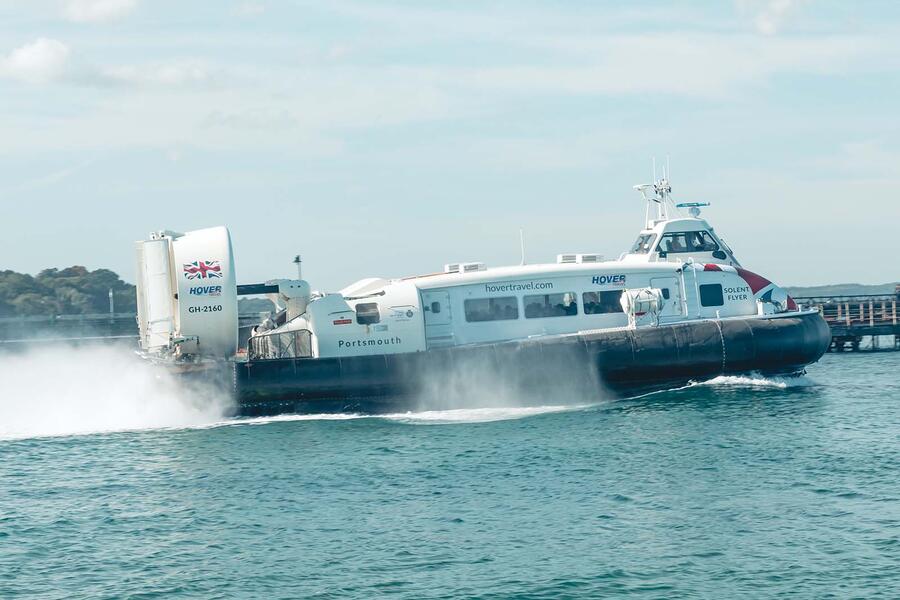

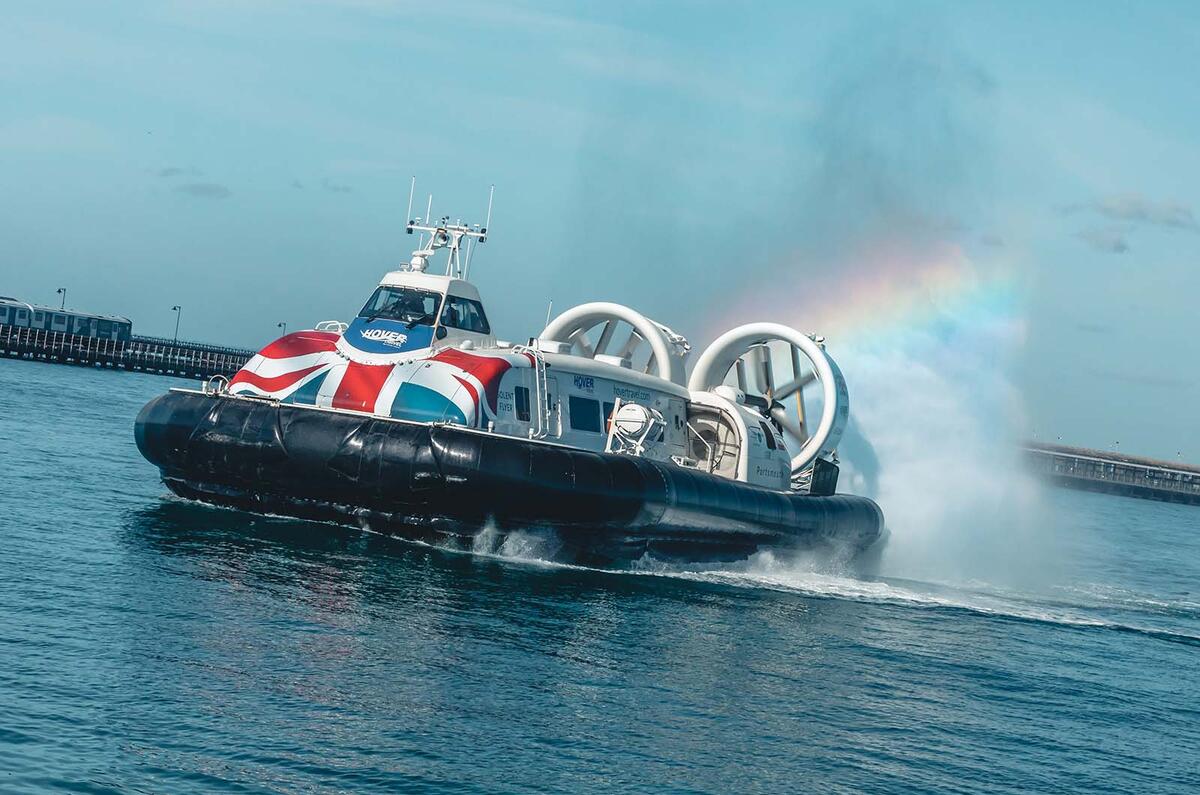
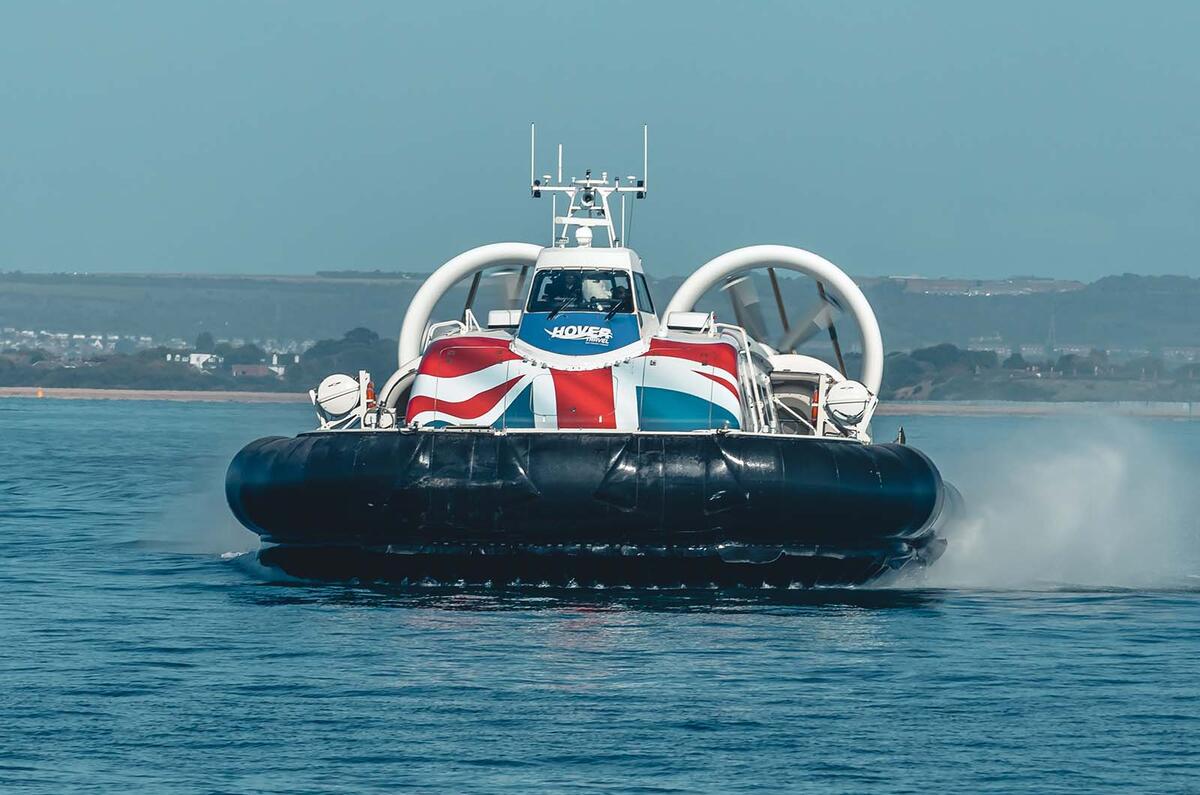
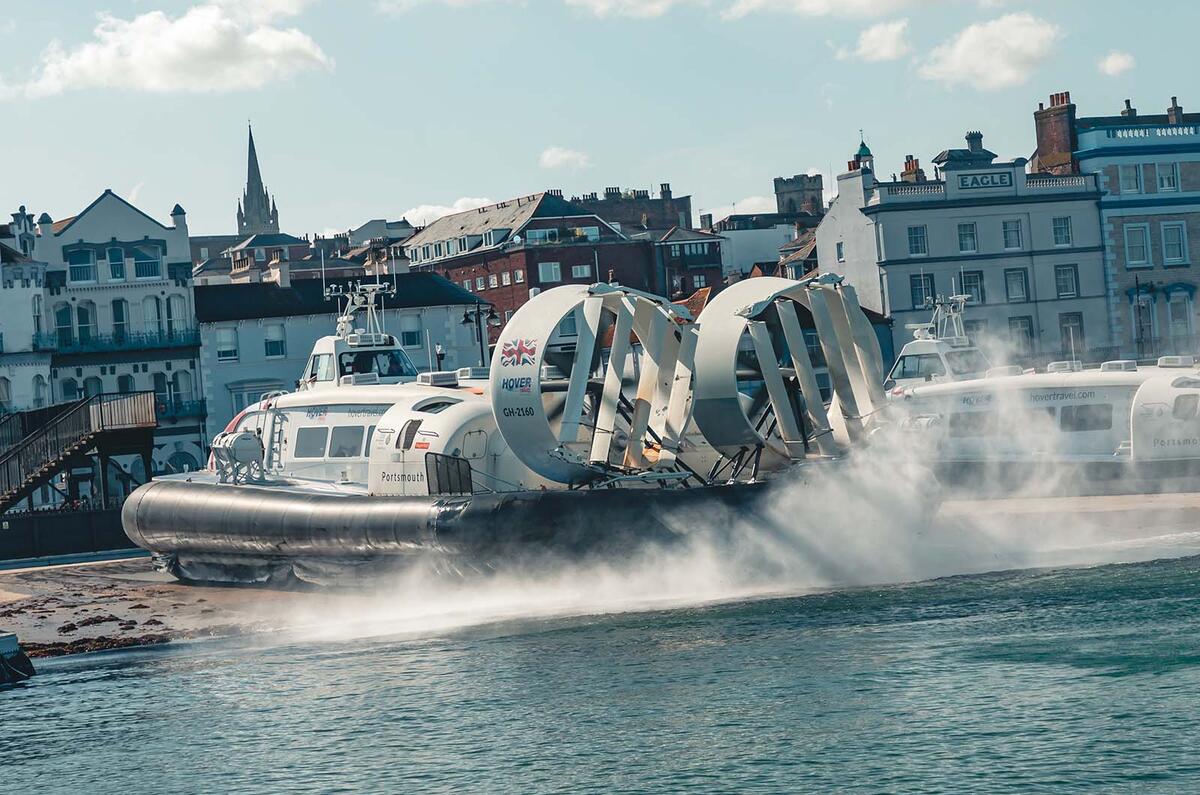
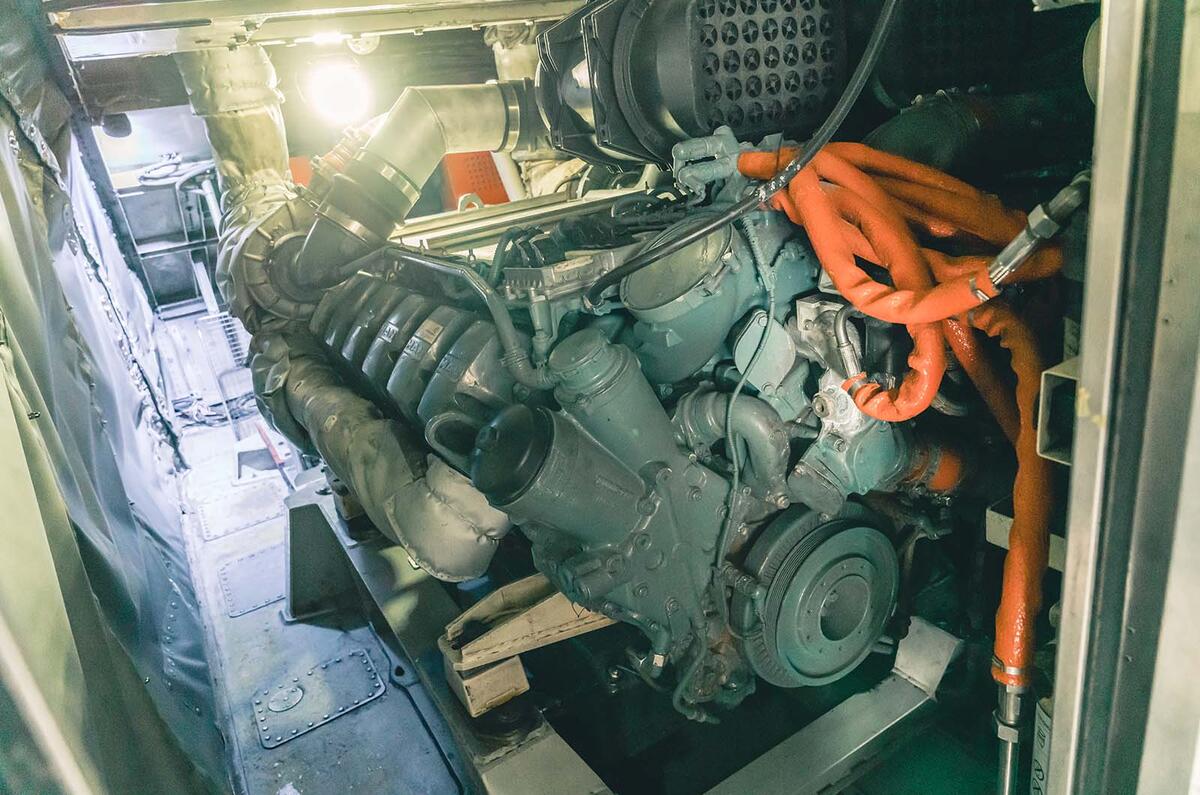

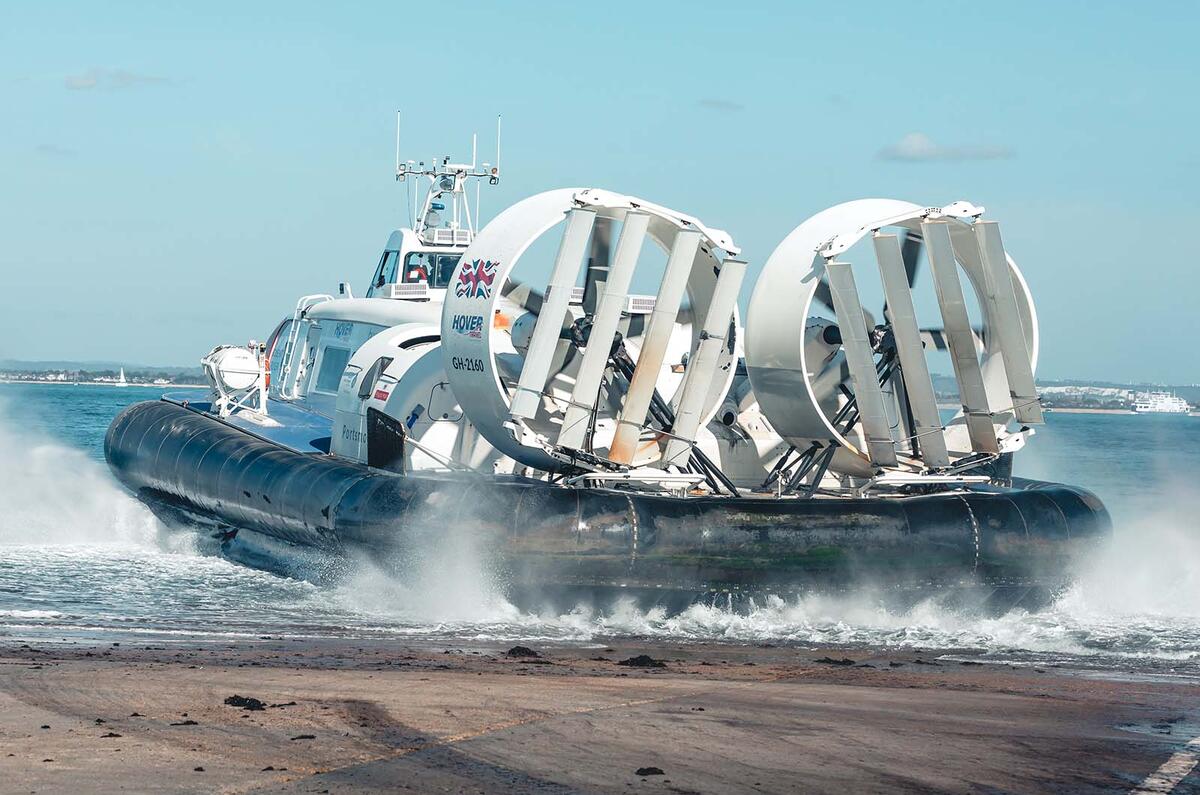
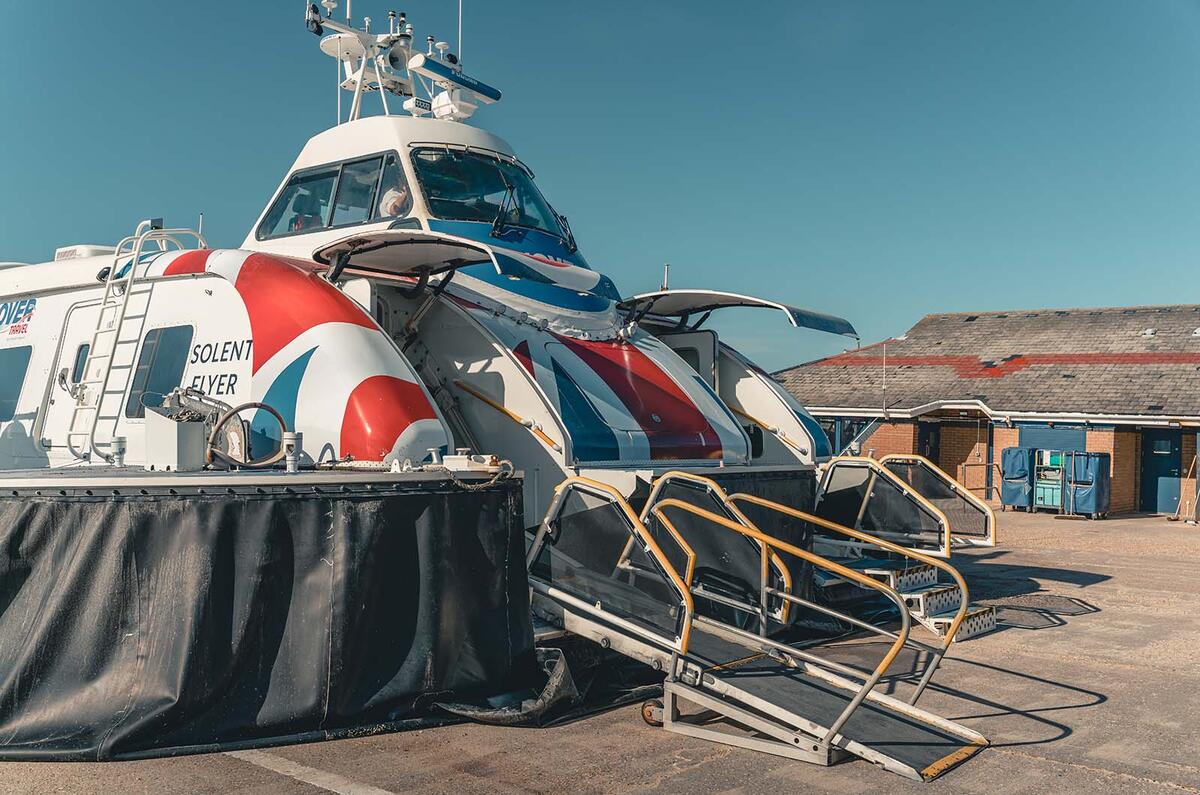
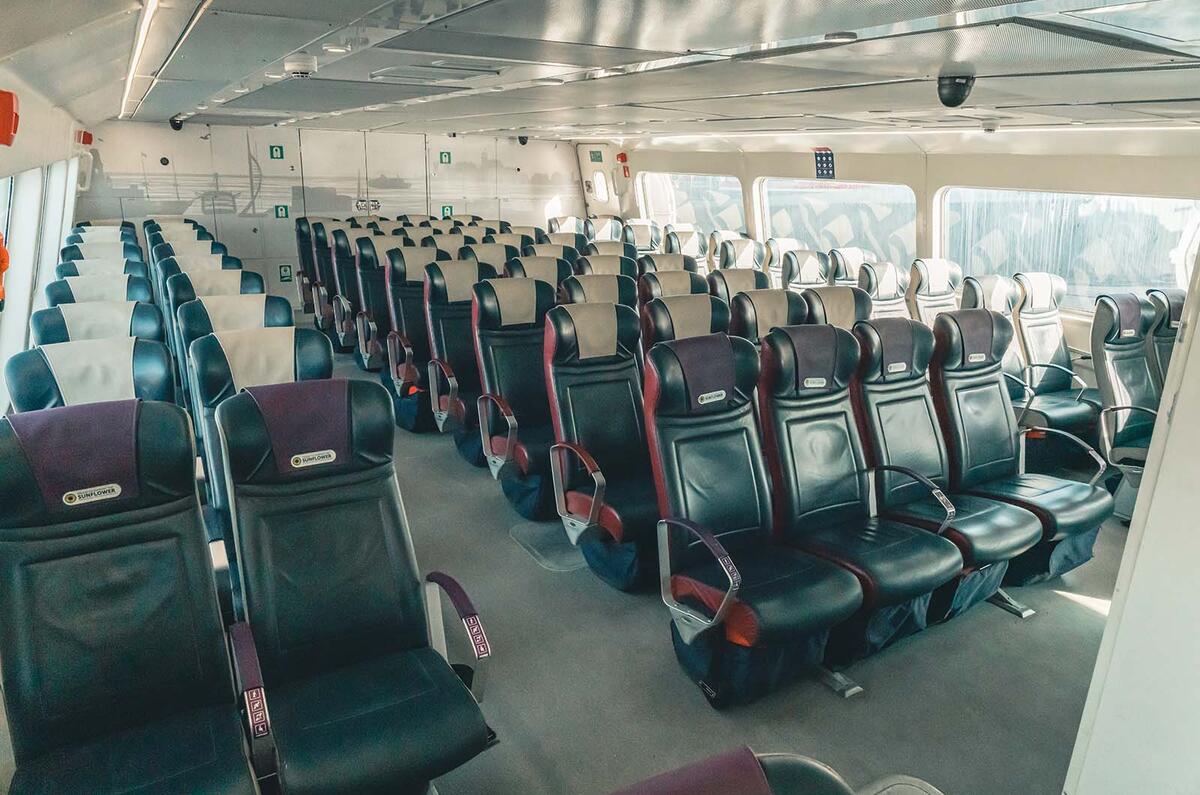
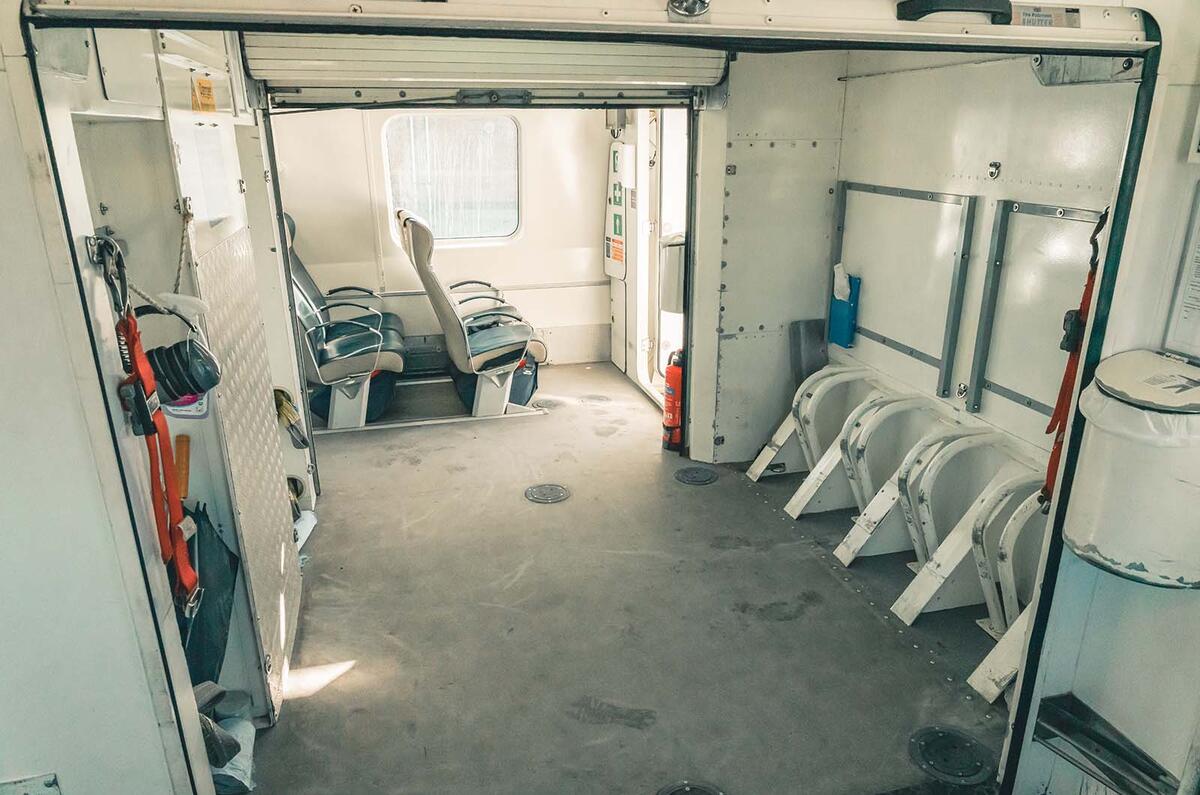
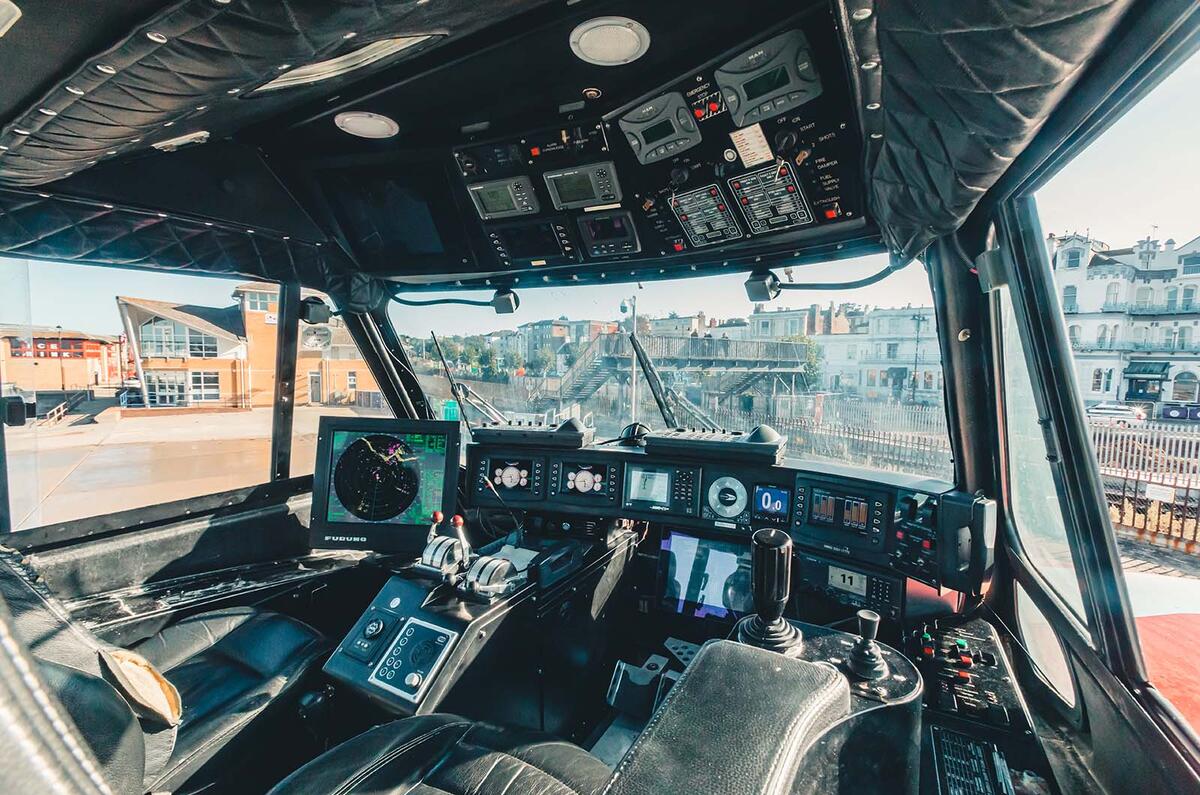
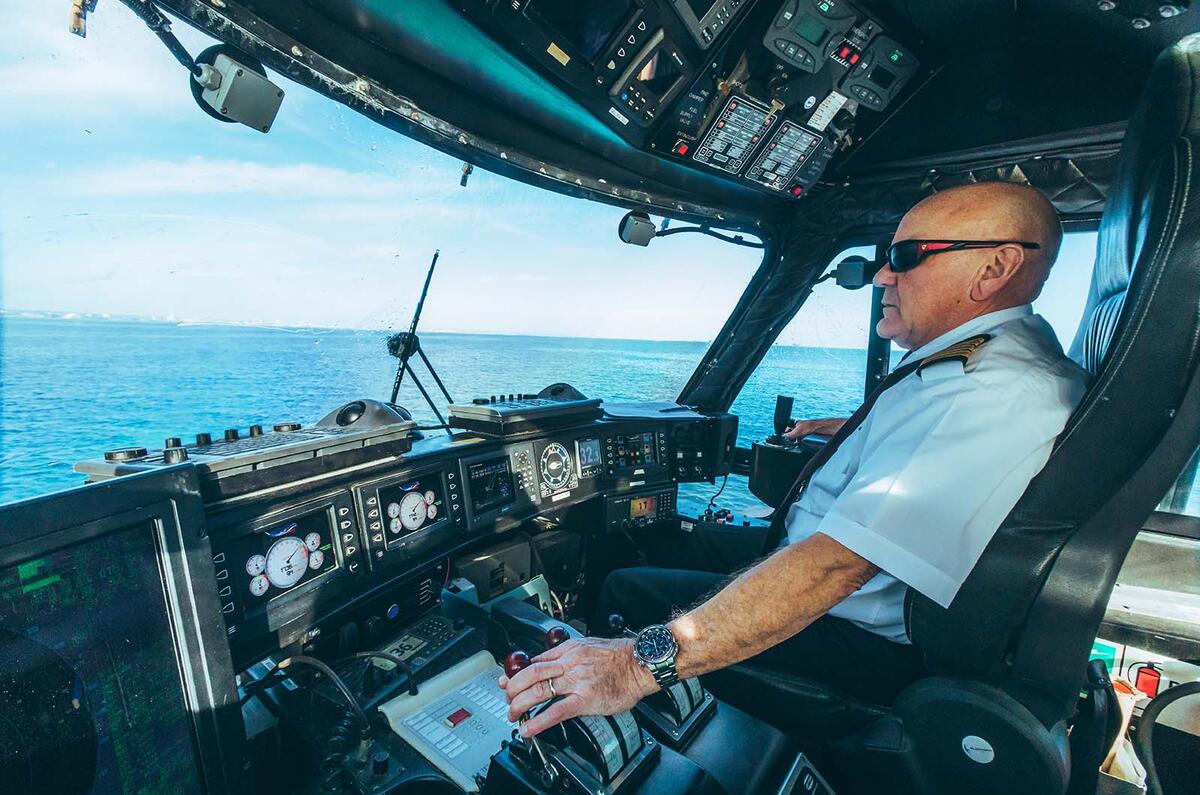

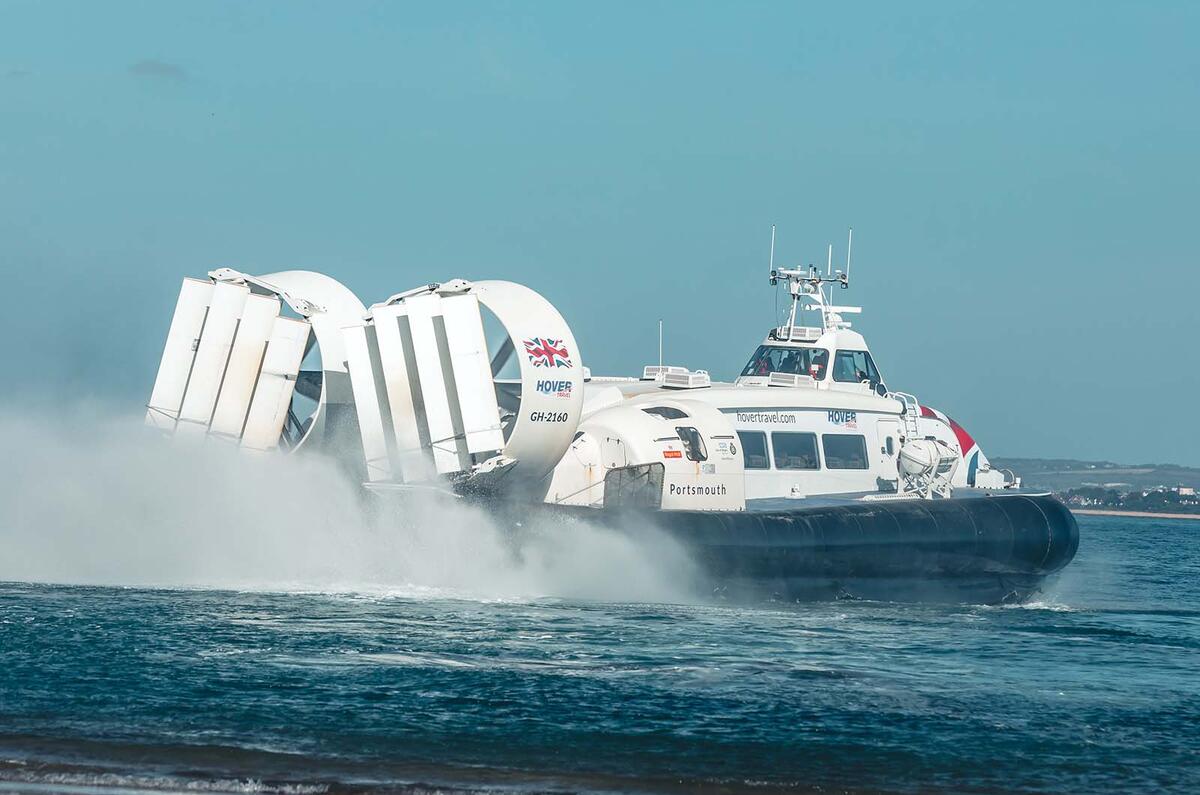
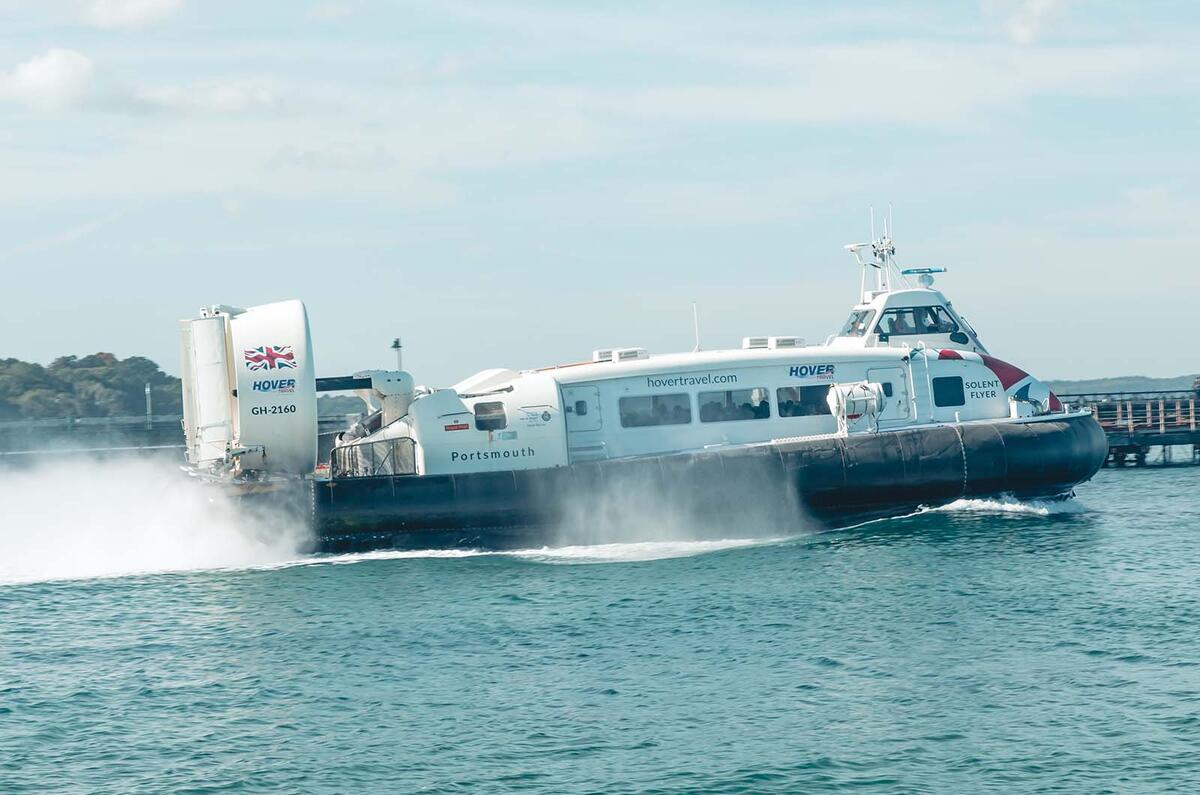
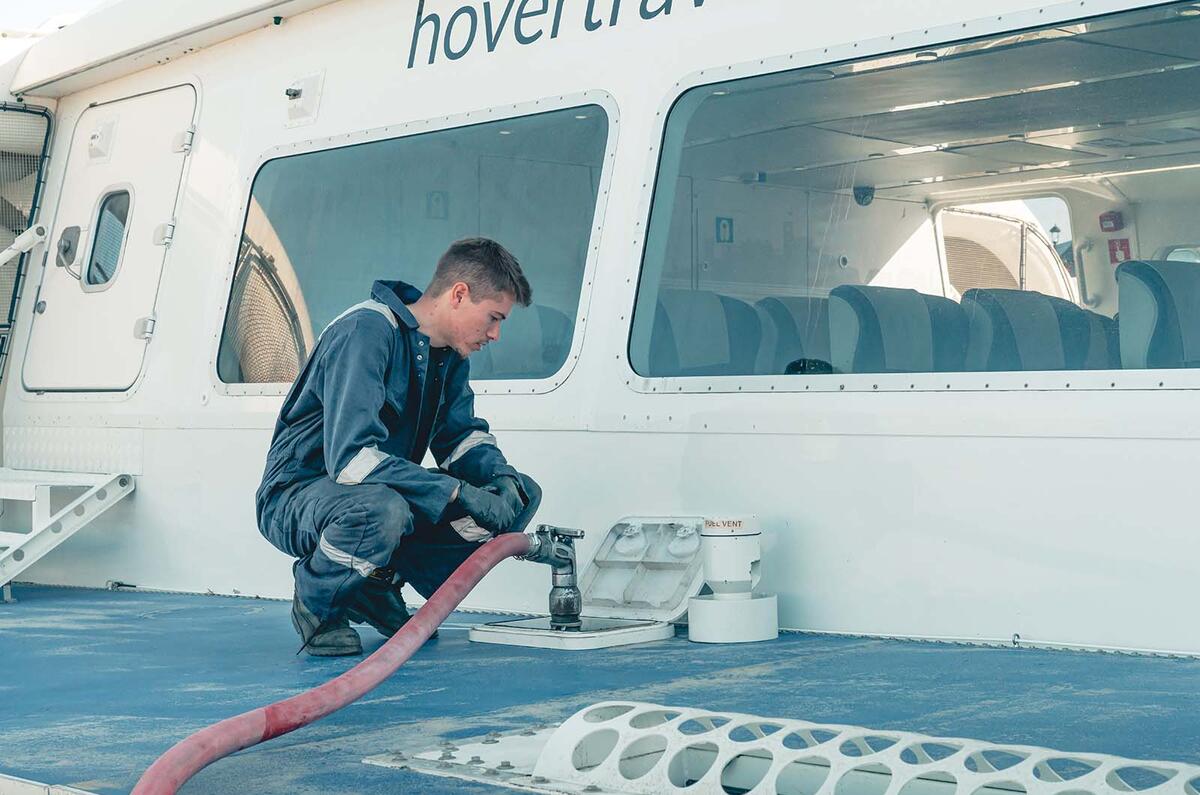

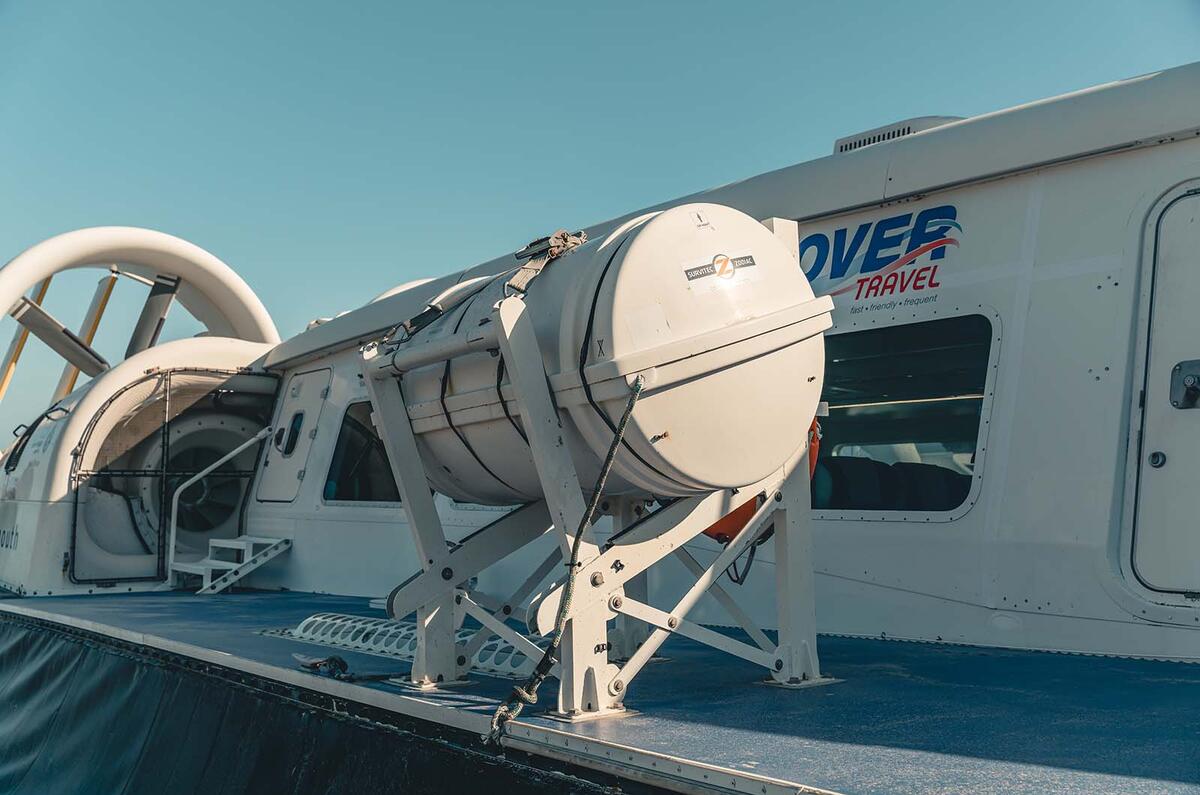
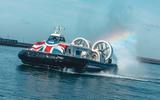
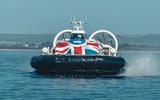
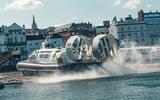
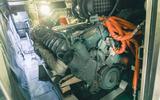
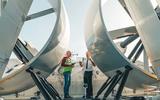
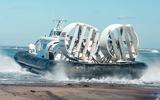

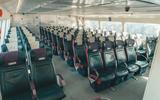

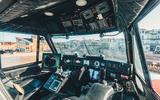
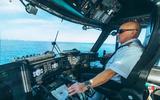
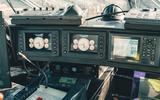
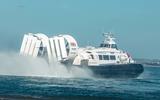
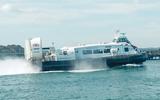
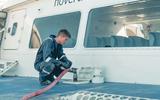
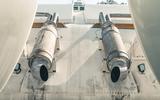
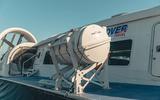

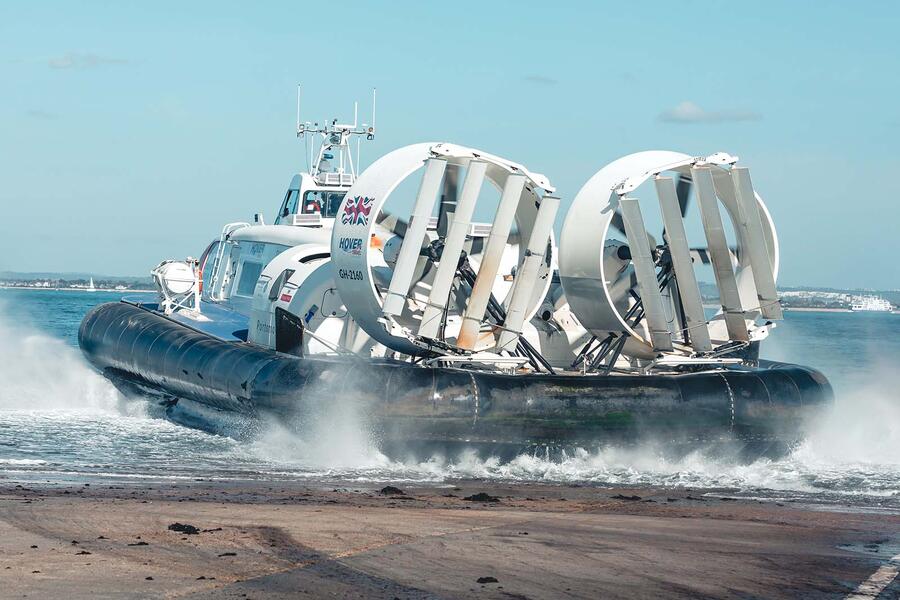
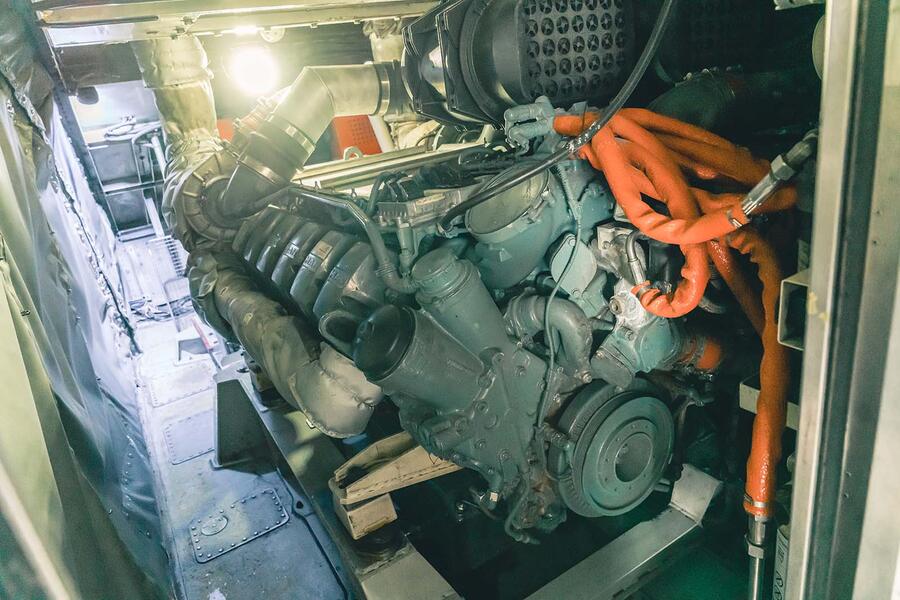
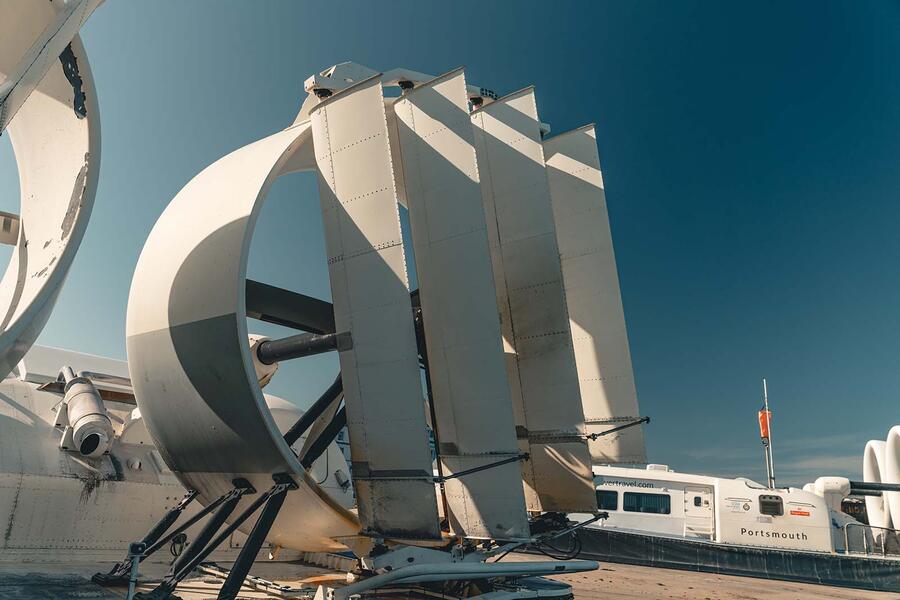
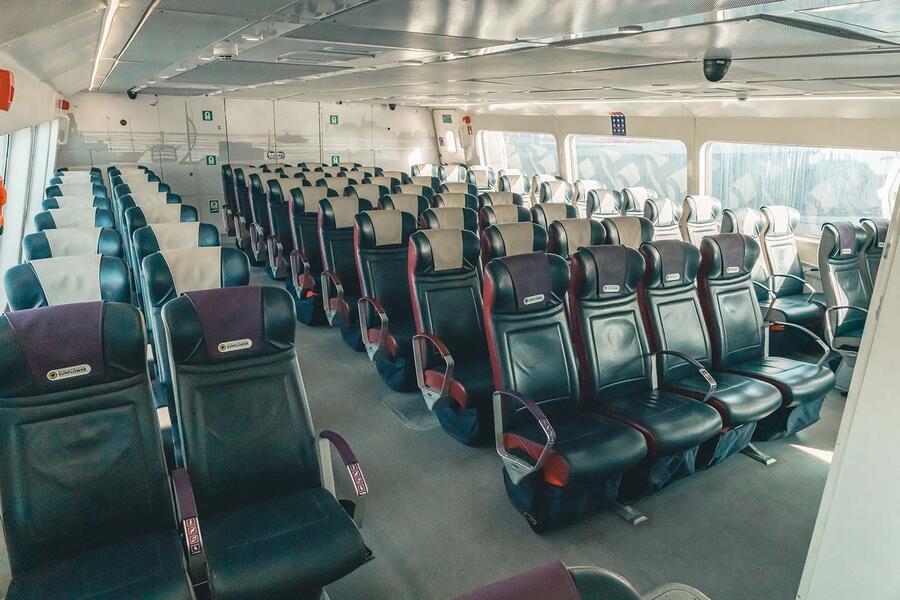
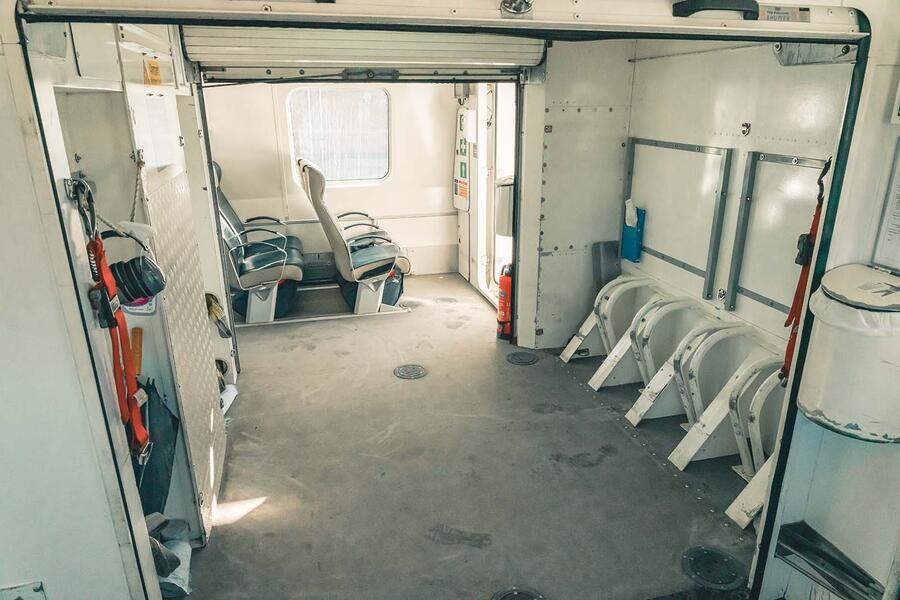
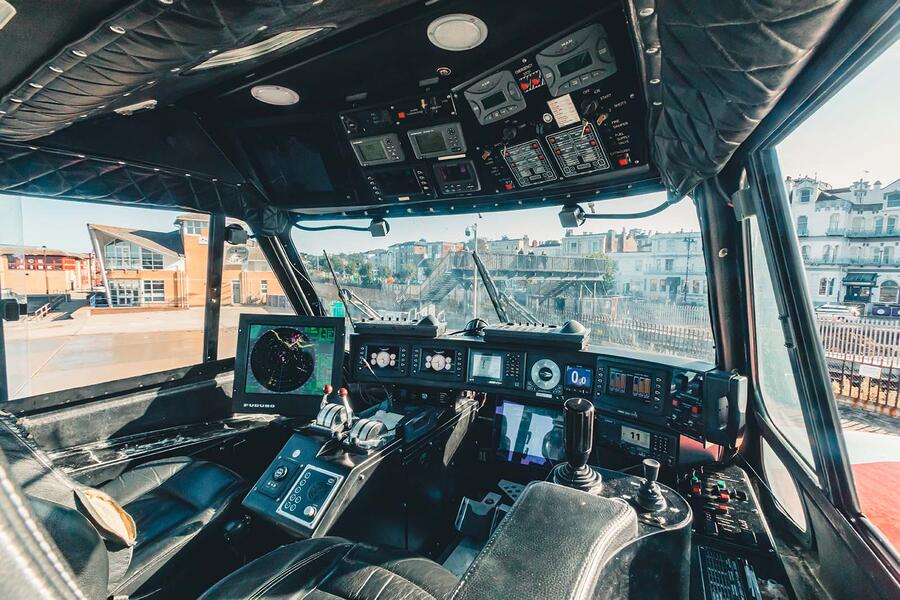
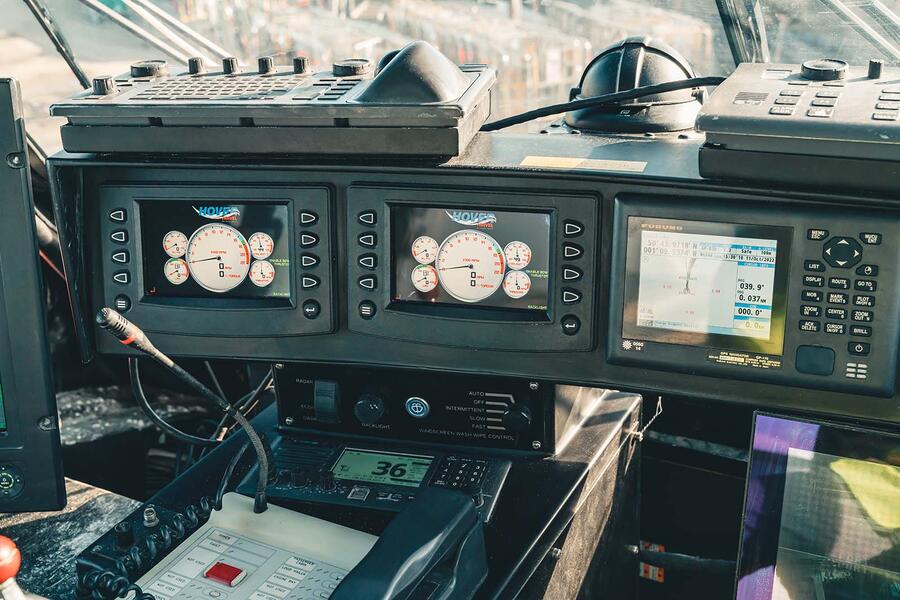
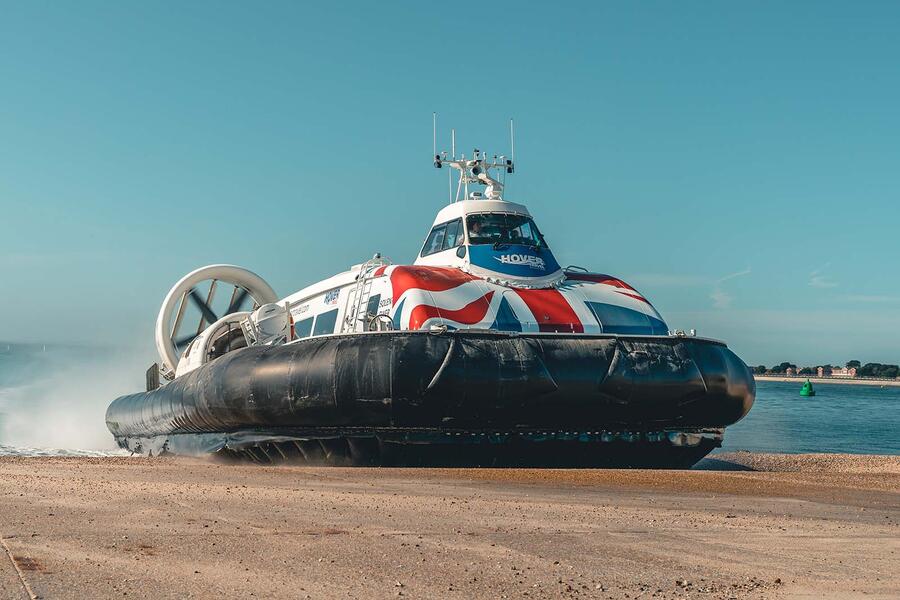
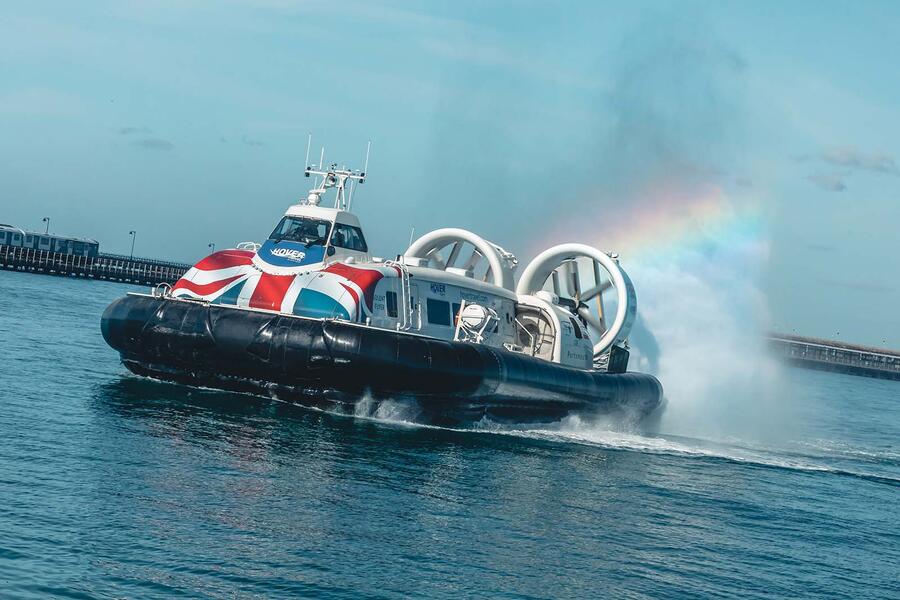
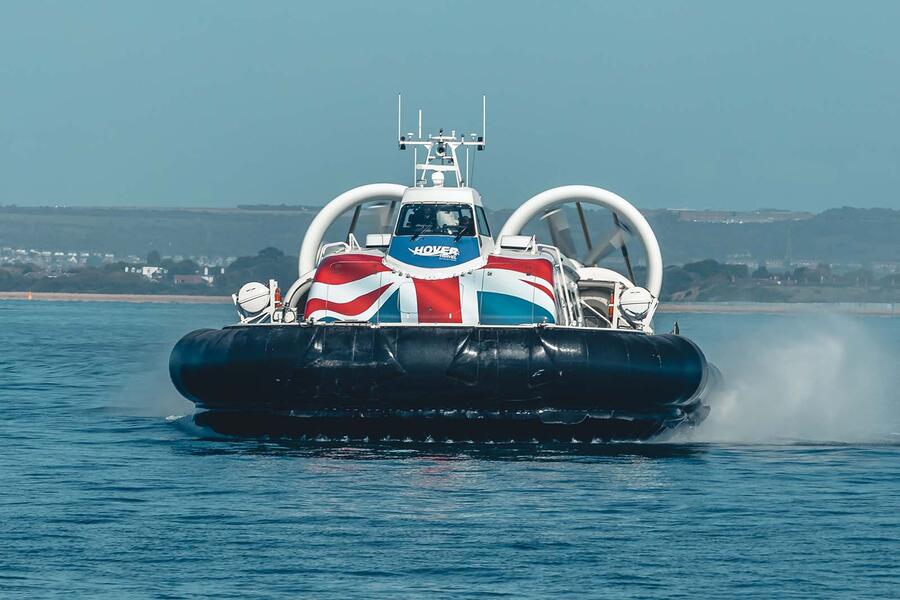
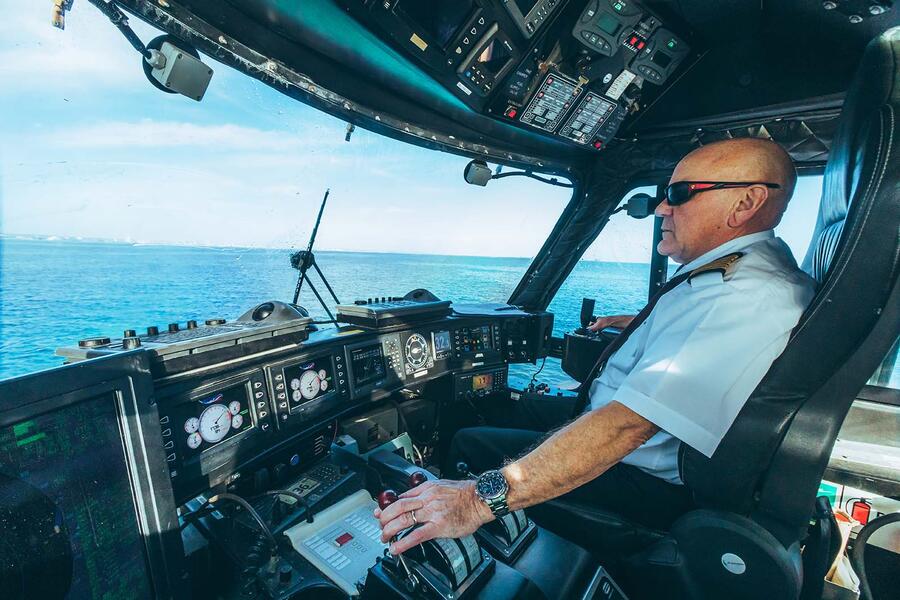
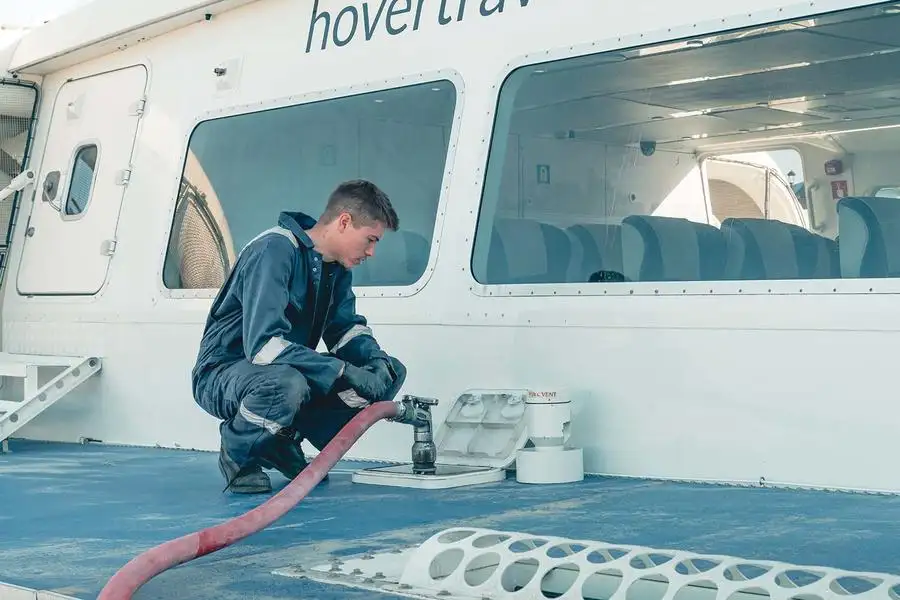
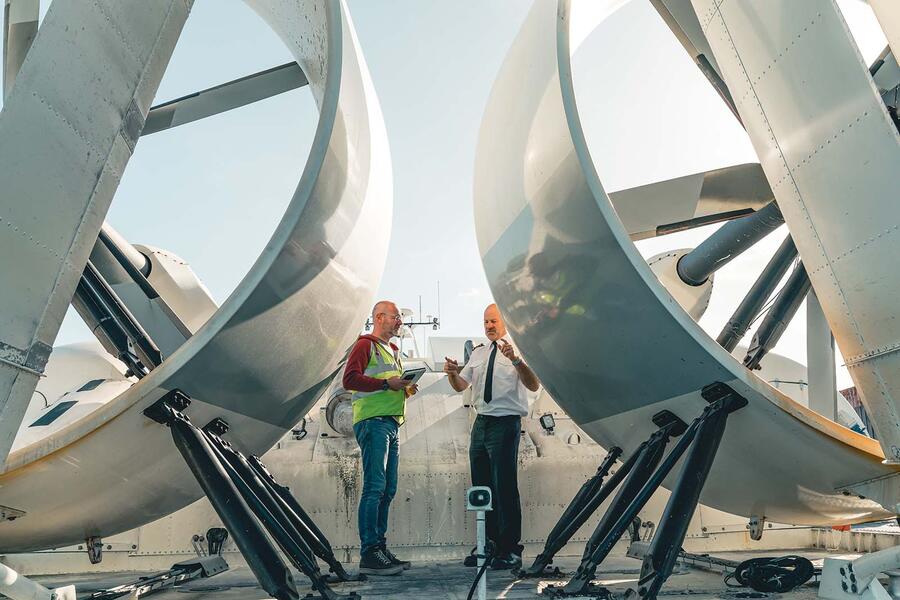
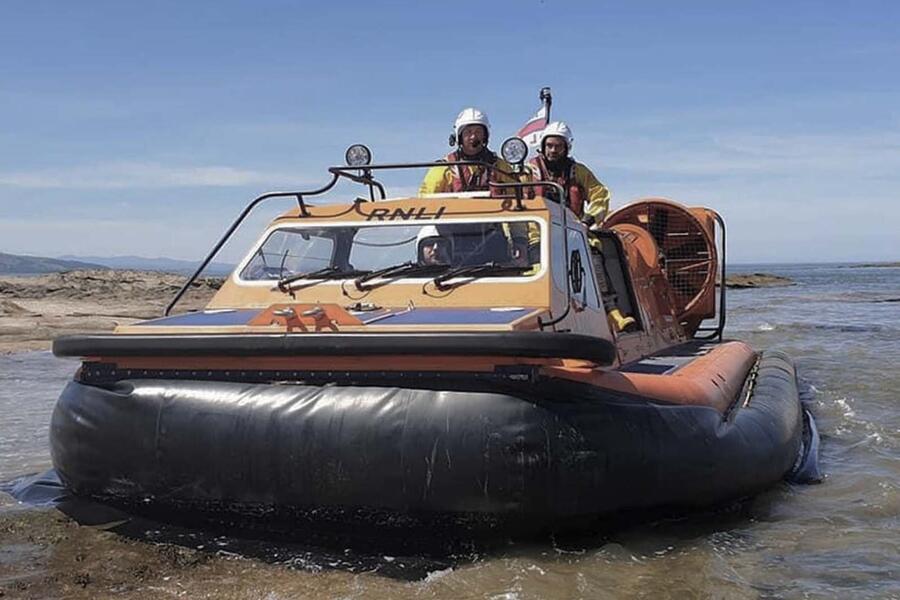
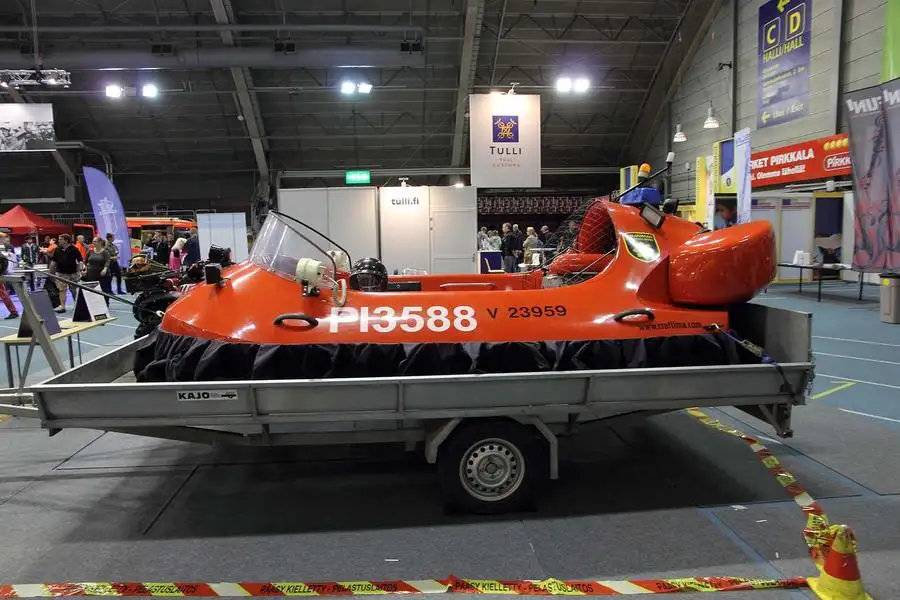
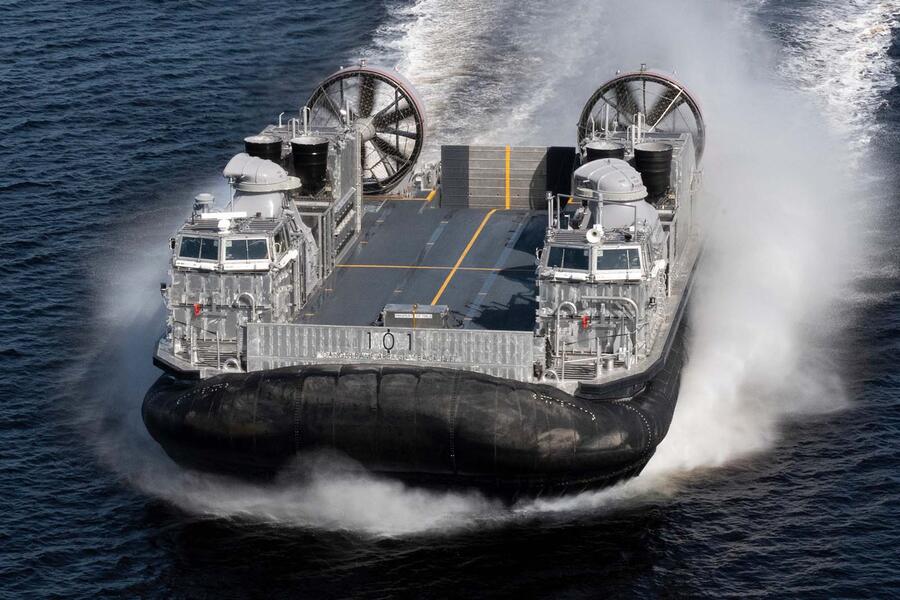




Add your comment